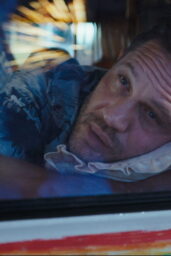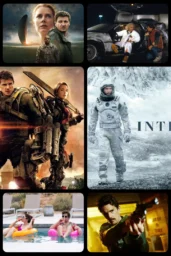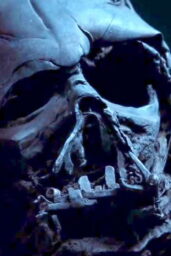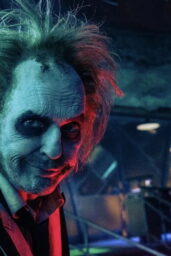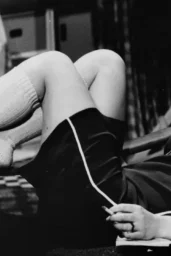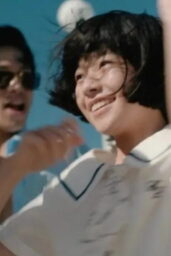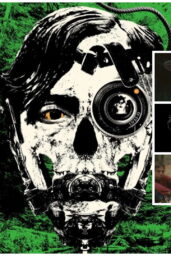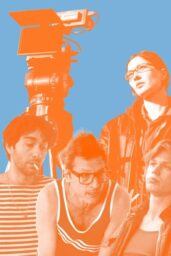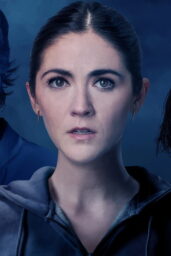The highly anticipated Joker: Folie à Deux has finally crossed the $200 million mark at the global box office, just as it prepares for its digital debut. Despite this milestone, the film's performance is considered disappointing compared to its predecessor, the 2019 Joker, which grossed over $1 billion worldwide and became a cultural phenomenon. Directed again by Todd Phillips, Folie à Deux aimed to expand on the original's success, but fell short in almost every aspect.
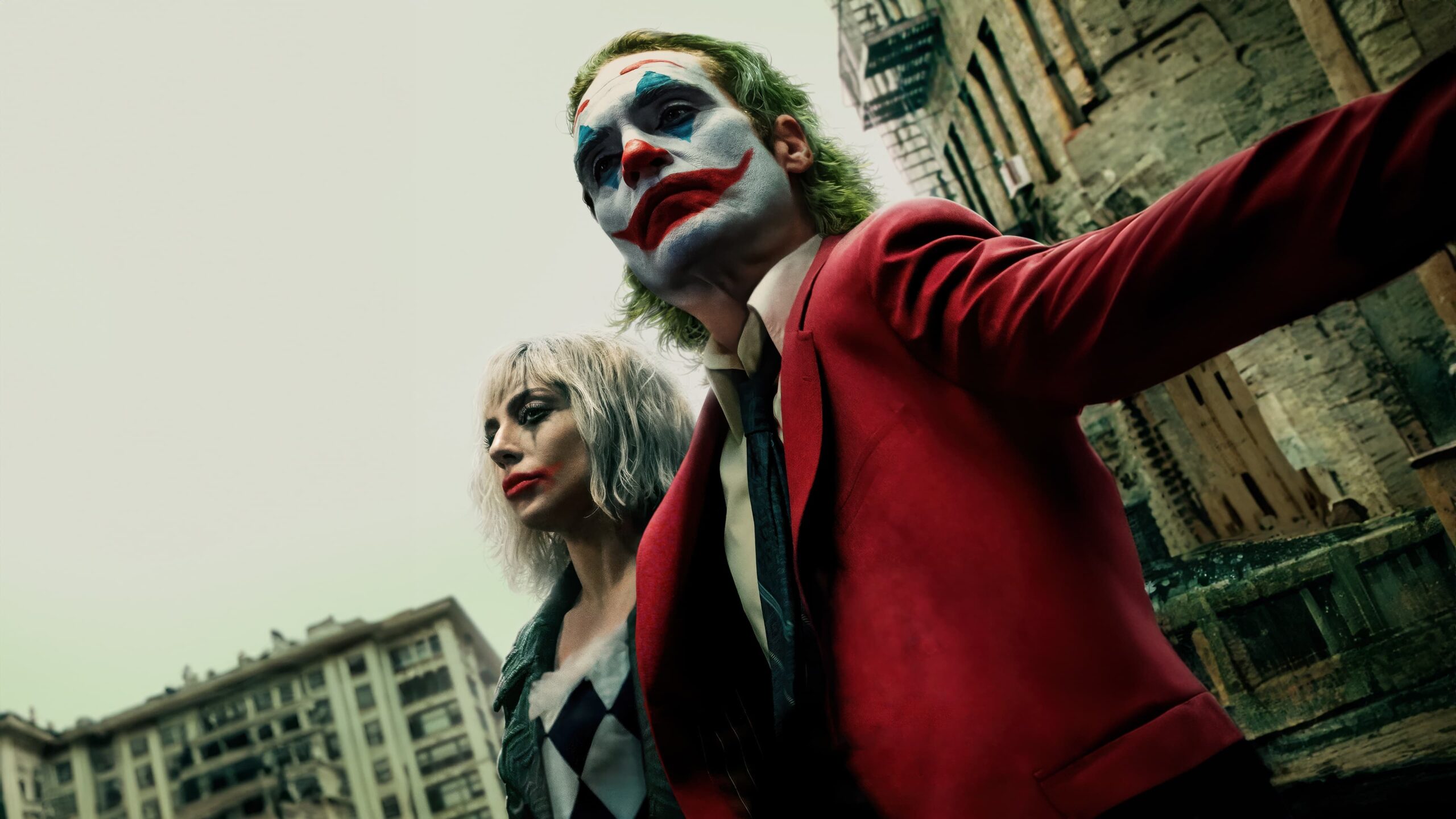
Opening to lukewarm reception at the Venice Film Festival, the film struggled commercially from the start. Its domestic earnings have been a mere $57 million in nearly a month—far below the $90 million the original Joker made in its opening weekend alone. Overseas, the film has accumulated $143 million, making the total global haul $201 million. However, with a reported production budget of $200 million, Joker: Folie à Deux is far from recouping its costs.
The film's struggle can be attributed in part to its shift in tone. While the first Joker was praised for its psychological depth and homage to Martin Scorsese's classics, Folie à Deux introduced a musical element that did not resonate with audiences. The movie received a rare D CinemaScore and holds a “rotten” 32% rating on Rotten Tomatoes, signaling broad dissatisfaction. Even the addition of Lady Gaga as Harley Quinn and supporting performances from Brendan Gleeson and Catherine Keener failed to significantly boost its appeal.
With theaters dropping the film from schedules, Joker: Folie à Deux will now transition to digital streaming platforms in an effort to recoup some losses. The movie serves as a cautionary tale about the risks of ambitious sequels, especially when diverging from a successful formula.
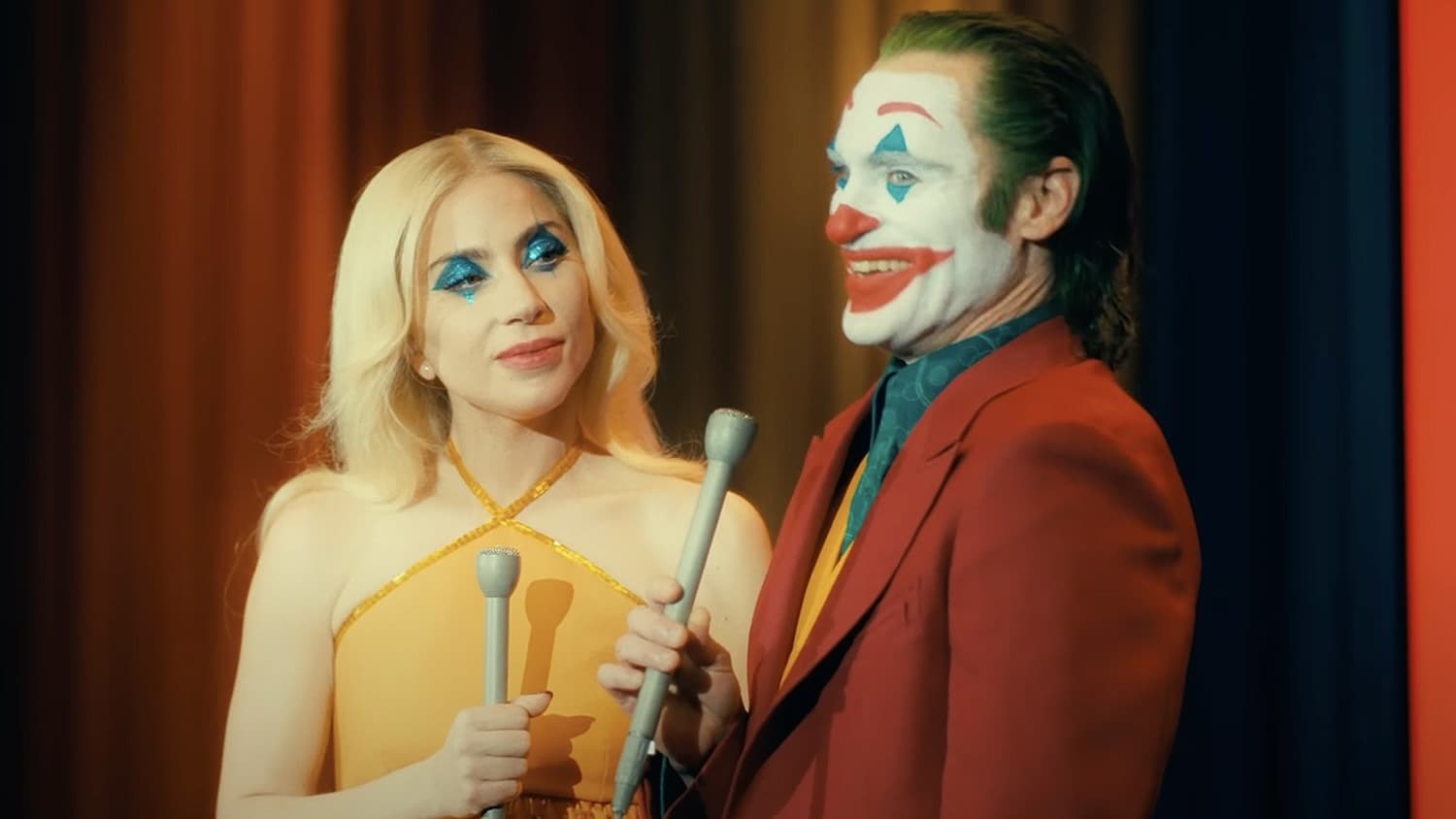
The failure of Joker: Folie à Deux to capture the same success as its predecessor highlights the difficulty in balancing innovation with audience expectations. While the original film's raw, gritty approach was a hit, the shift to a musical tone in the sequel alienated many fans who expected a continuation of the psychological thriller style. The ambitious budget didn't help either, pushing the film toward a financial disaster.
However, it's important to recognize the film's attempts to take creative risks, even if they didn't pay off. Lady Gaga's casting as Harley Quinn was intriguing, but ultimately overshadowed by the movie's structural and tonal flaws. Despite its shortcomings, Joker: Folie à Deux will likely be studied for its bold choices and serve as a lesson in franchise filmmaking.
Do you think Joker: Folie à Deux failed because it deviated from the original's style, or was it simply a case of sequel fatigue?


